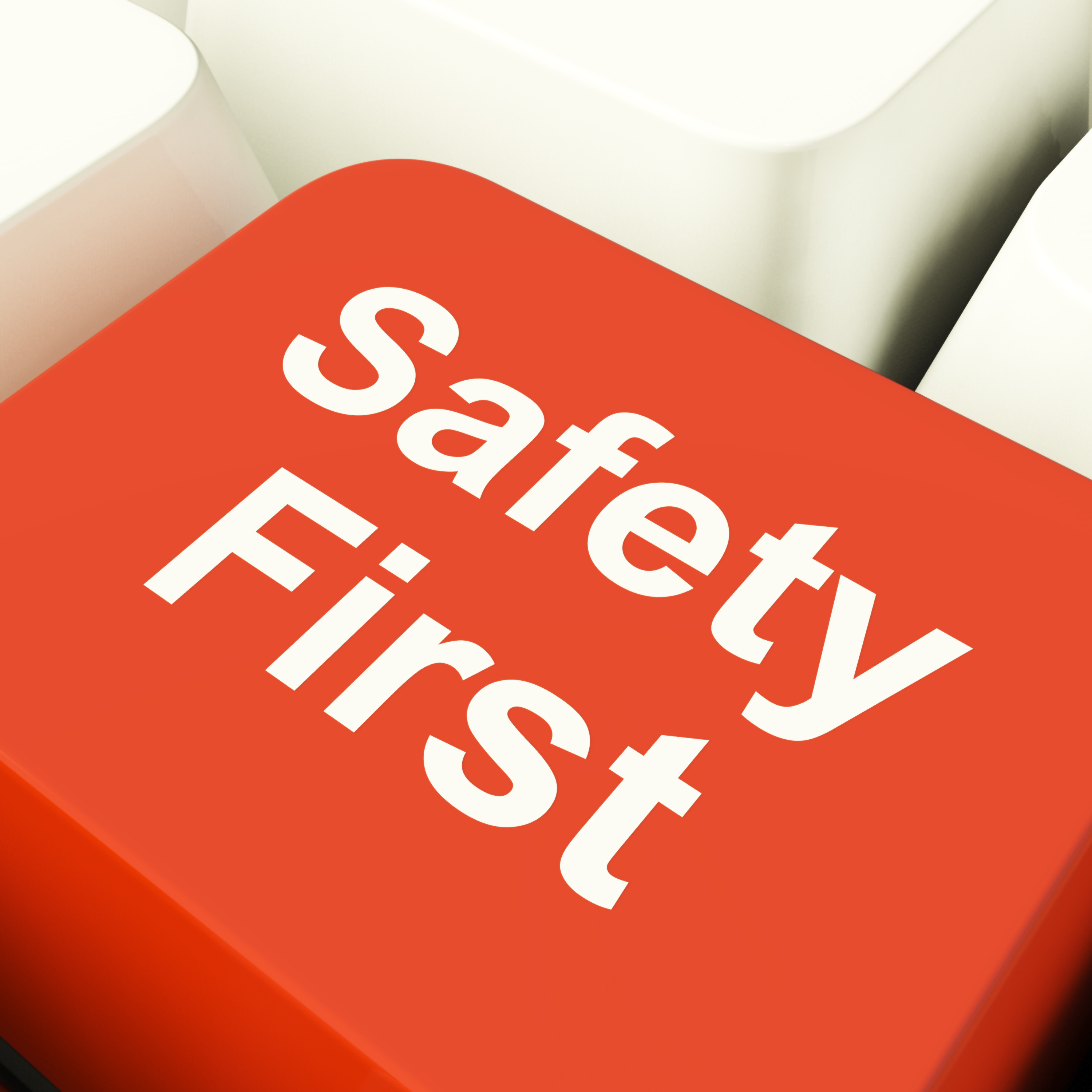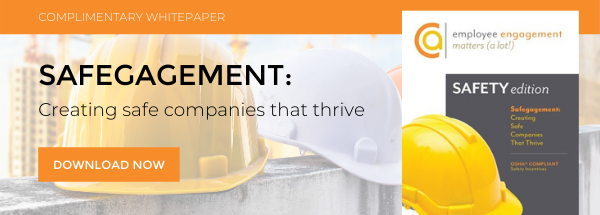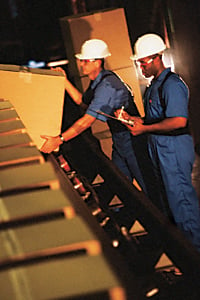Measuring Safety in the Workplace

Measurement is an important part of any managerial process and forms the basis for continuous improvement. Measuring safety performance is no different. One way to improve the effectiveness of your safety program is to change the way it is measured.
For years, organizations measured safety performance by analyzing injuries that had already occurred, instead of measuring activities that could have been done to prevent workplace injuries in the first place. Historical data, such injury frequency and severity, first aid injury rate, OSHA recordables, LTA’s, andWorker’s Compensation costs were common points of analyzation.
Based on these types of safety performance criteria, safety incentives were in the form of “milestone” awards. The most common “milestone safety awards programs” measured no OSHA recordables or no LTA’s for a certain number of work hours, days or even years.
All-Or-Nothing Approach to Safety Performance
Many times the performance was based on “all-or-nothing” performance, meaning that the entire facility, department, or workgroup must collectively achieve the goal. If one worker had a disqualifying occurrence the entire group reverted back to zero, and the milestone started all over again.
In the mid-1990s, OSHA expressed concern that “certain” safety incentive programs had the “potential” to encourage workers to hide injuries from management. An “all-or-nothing” based safety milestone awards program could have the potential to do just that. The peer pressure of an injured worker to hide and not report the instance would be difficult to resist.
Dr. David Michaels, Assistant Secretary of Labor for OSHA stated,
“We strongly disapprove of programs offering workers parties and prizes for not reporting injuries, or bonuses for managers that drive down injury rates, or discipline workers for reporting an injury.” When (incentive) programs discourage workers from reporting injuries or illnesses: problems stay concealed, no investigations take place, nothing is learned or corrected, workers remain exposed to harm.”1
The real problem here is that these types of programs focus on the lagging indicator, historical data, and injuries. Lagging indicators don’t tell you how well your company is doing in preventing accidents. How do we solve the lagging indicator problem? We must consider what our definition of safety really is.
What Safety REALLY Means
Traditionally, safety has been thought of as the avoidance of incidents, accidents, and injuries. We need to see the flip side and recognize that safety is the state of being safe. It’s more about behavior than the outcome.
Safety Plus Engagement Equals Safegagement™
Safety + Engagement = Safegagement™
As every business owner knows, safety is a pivotal element to any successful workplace environment. At C.A. Short Company, we have been assisting companies with their safety and incentive programs for decades. We help facilitate and execute ongoing initiatives that help employees and managers better mitigate risk while on the job.
By looking back on all the safety incentive programs we've helped with over the years, we've been able to pinpoint strategies of companies that truly thrive with such programs; generally speaking, it is those who go one step further and engage their employees on every level.
Decades of research have shown us that companies that fully engage with their employees experience 48% LESS safety incidents … and that’s not all. According to a Gallup study, those same companies also experience 41% higher quality levels, 22% higher profitability and 21% higher productivity.
We’ve spent years researching these differences and have developed a powerful concept aimed at helping every brand build upon the successes of these companies. We refer to it simply as “SafegagementTM.”
Safegagement isn’t just about safety -- it’s about your company’s bottom line.
To continue reading, grab a copy of our complimentary white paper - Safegagement™: Creating Companies That Thrive.
Reference:
1 Steel Manufactures Association Safety Committee Meeting in Arlington, VA, October 25th, 2010.
At C.A. Short Company, we are your partner for increased employee engagement resulting in increased performance outcomes to grow your bottom line. Our process and research-based platform help you engage your team in order to increase your bottom line, motivate your staff to the benefit of the entire organization, and reward your people for the positive changes they make. To request a Complimentary Consultation, please click here.






.jpg)

-png.png)

SHARE